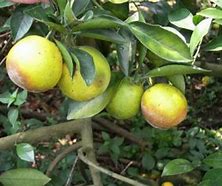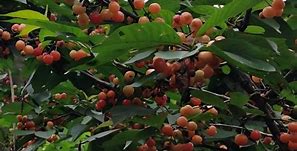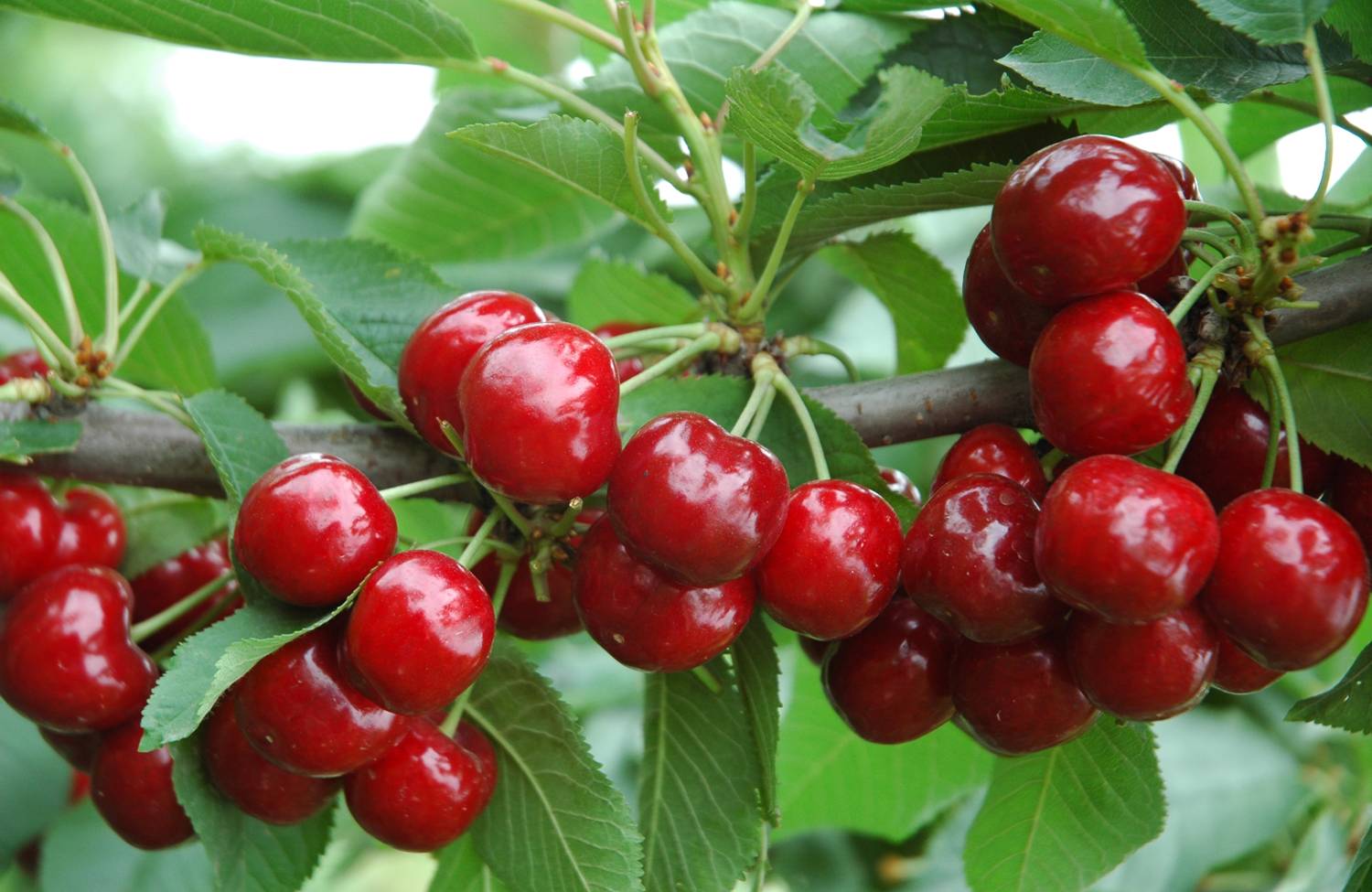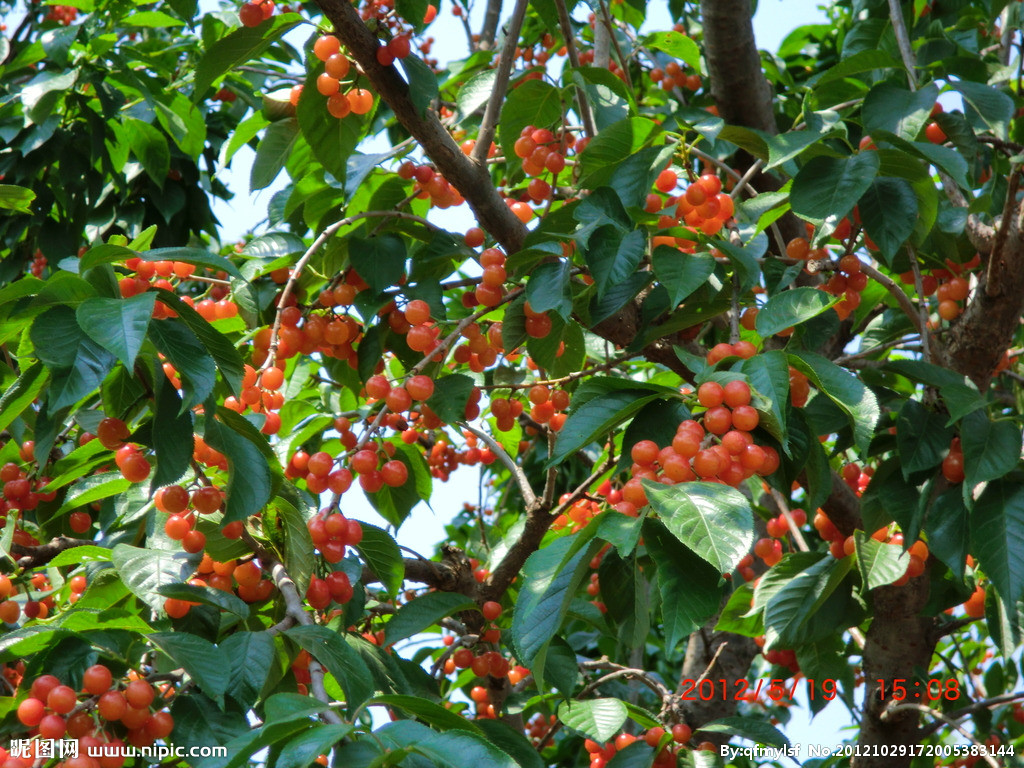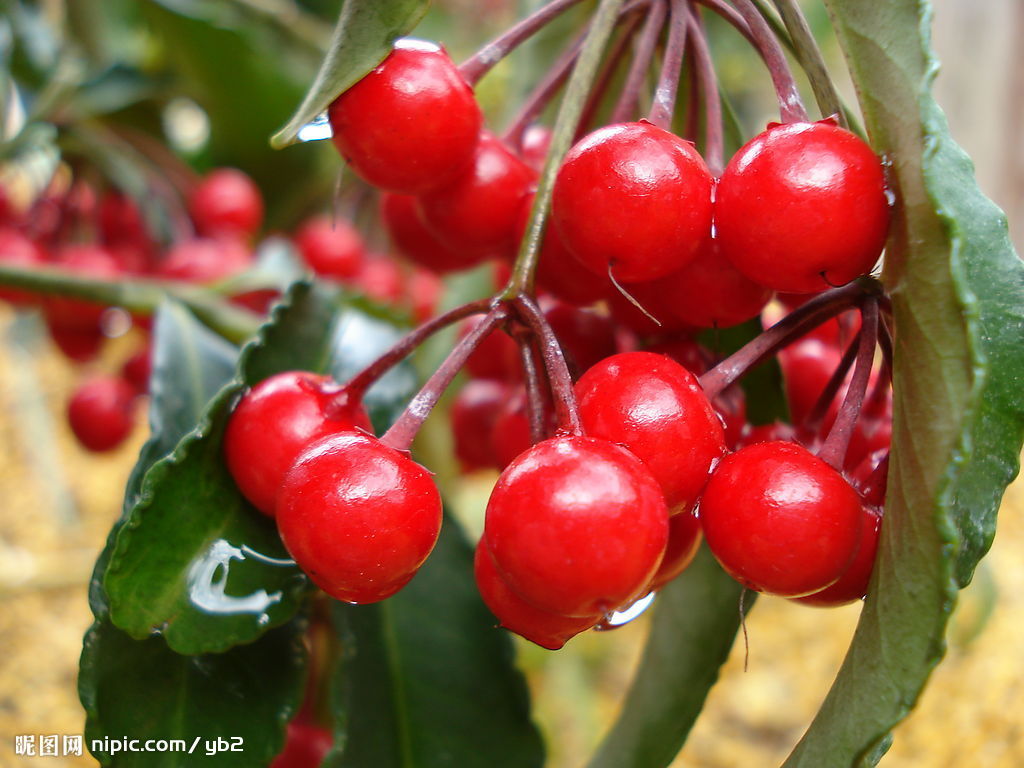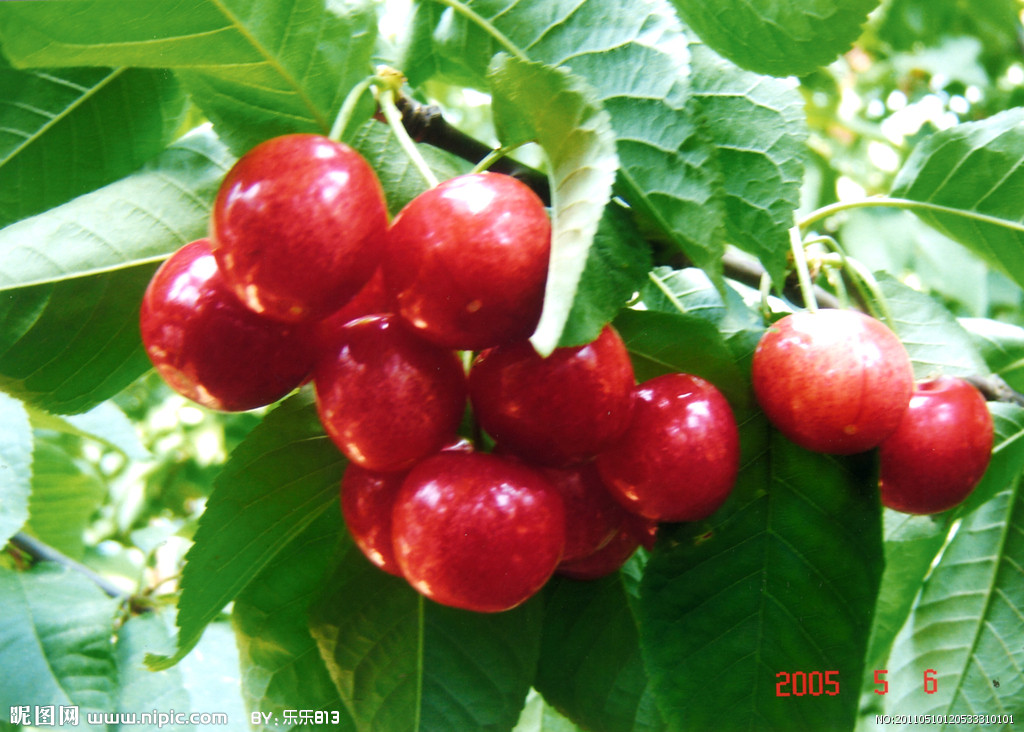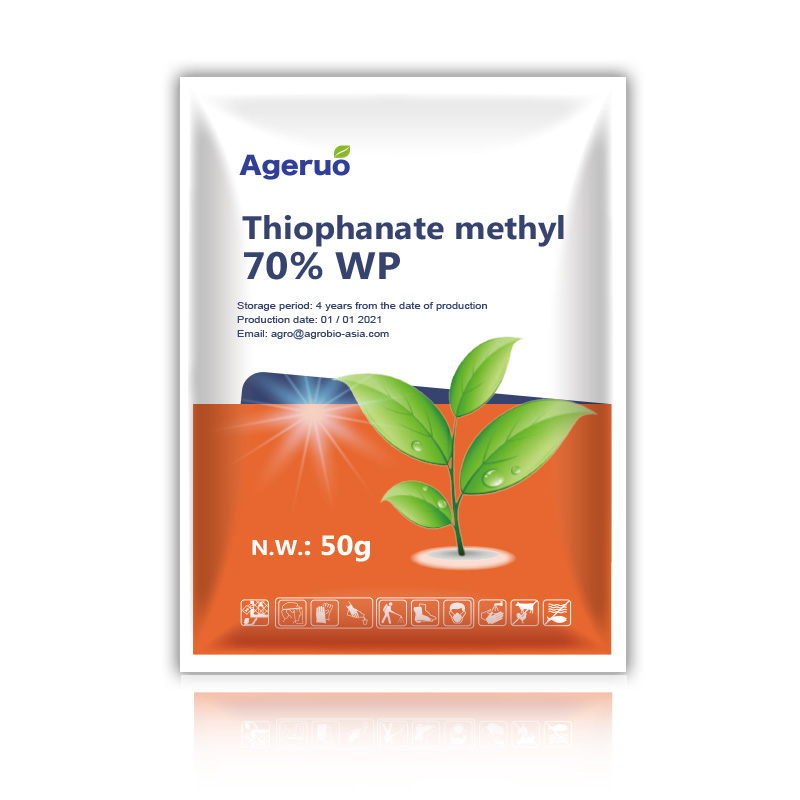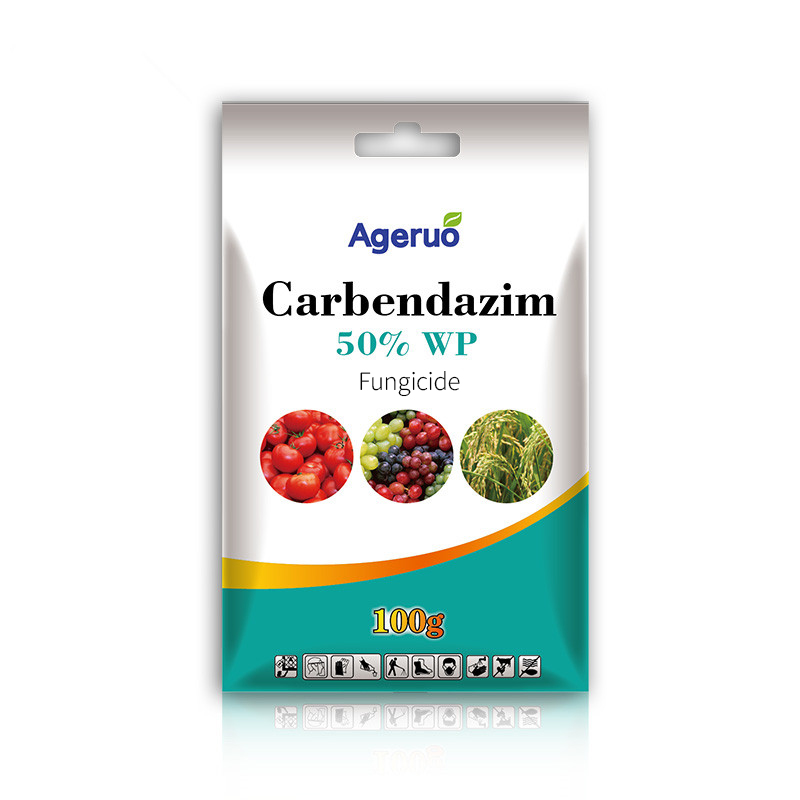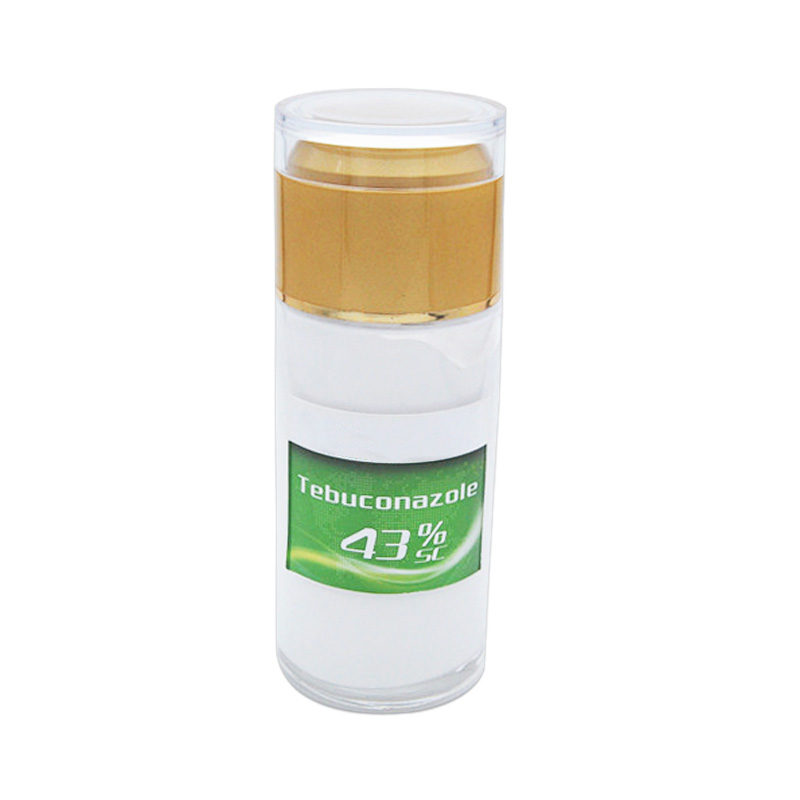How to prevent cherry fruit brown rot
When brown rot occurs on mature cherry fruits, small brown spots initially appear on the fruit surface, and then spread rapidly, causing soft rot on the whole fruit, and the diseased fruits on the tree become stiff and hang on the tree.
Causes of brown rot
1. Disease resistance. It is understood that juicy, sweet, and thin-skinned large cherry varieties are more susceptible to the disease. Among common large cherry varieties, Hongdeng has better disease resistance than Hongyan, Purple Red, etc.
2. Planting environment. According to growers, the disease is serious in cherry orchards in low-lying areas. This may be due to poor drainage capacity in low-lying areas. If irrigation is improper or encounters continuous rainy weather, it is easy to form a high-humidity environment and even water accumulation in the fields, creating Create an environment conducive to the occurrence of cherry brown rot.
3. Abnormal temperature and humidity. High humidity is a key factor in the prevalence of brown rot, especially when the fruit is ripe. If there is continuous rainy weather, cherry brown rot will often become disastrous, causing a large number of rotten fruits and causing irreversible losses.
4. The cherry orchard is closed. When farmers plant cherry trees, if they are planted very densely, this will cause difficulty in air circulation and increase humidity, which is conducive to the occurrence of diseases. In addition, if the pruning method is not appropriate, it will also cause the orchard to become closed and the ventilation and permeability will become poor.
Prevention and control measures
1. Agricultural prevention and control. Clean up the fallen leaves and fruits on the ground and bury them deeply to eliminate the sources of overwintering bacteria. Prune properly and maintain ventilation and light transmission. Cherry trees cultivated in protected areas should be ventilated in time to reduce the humidity in the shed and create conditions that are not conducive to the occurrence of diseases.
2. Chemical control. Starting from the germination and leaf expansion stage, spray tebuconazole 43% SC 3000 times solution, thiophanate methyl 70% WP 800 times solution, or carbendazim 50% WP 600 times solution every 7 to 10 days.
